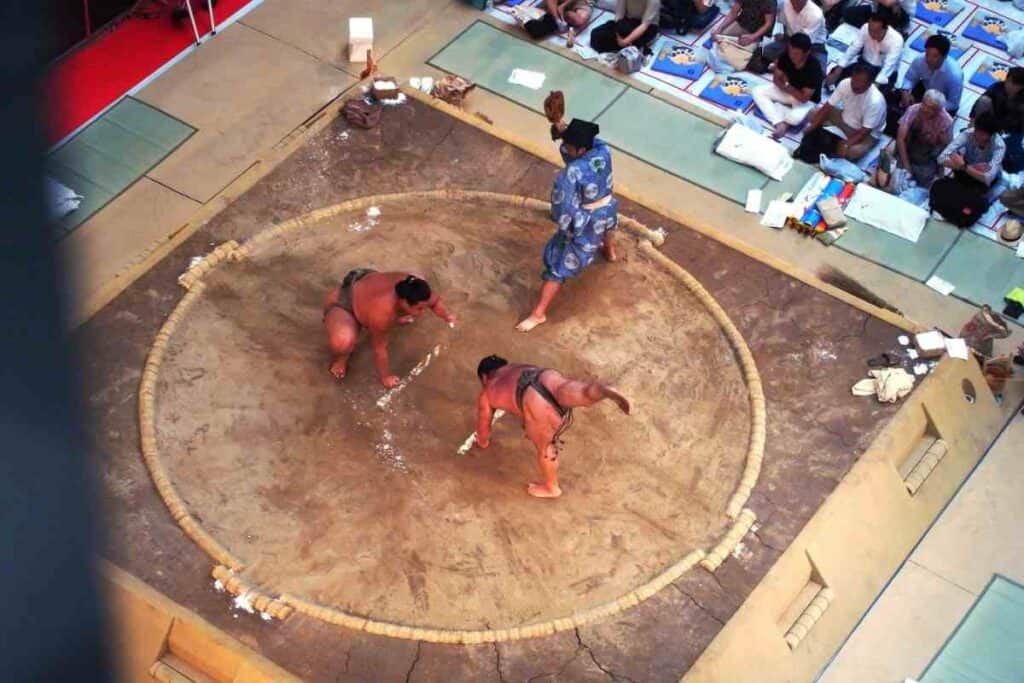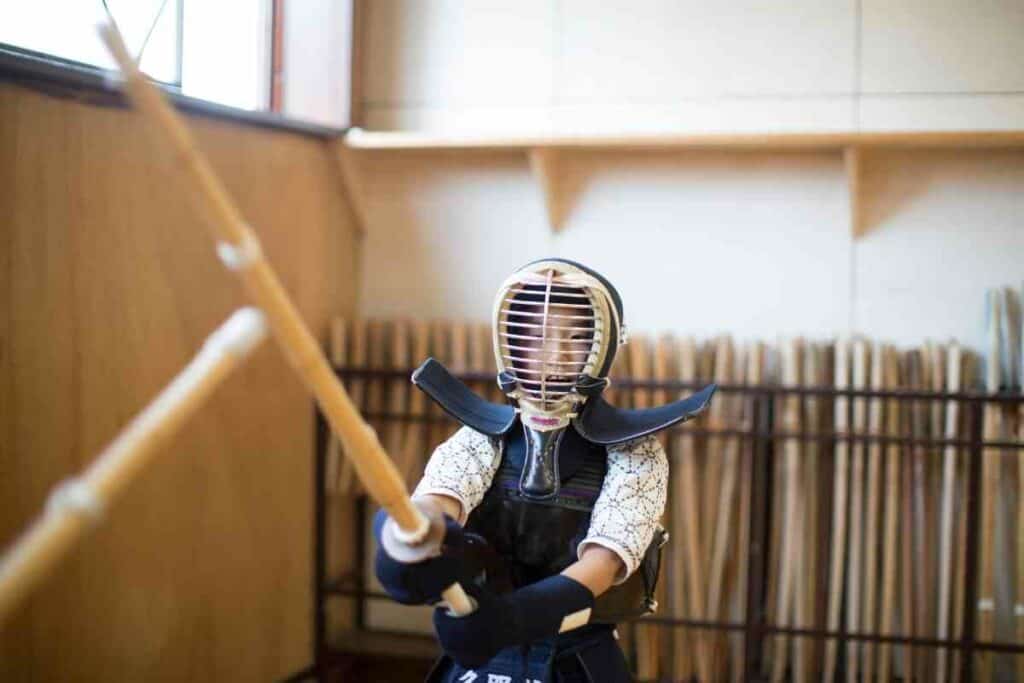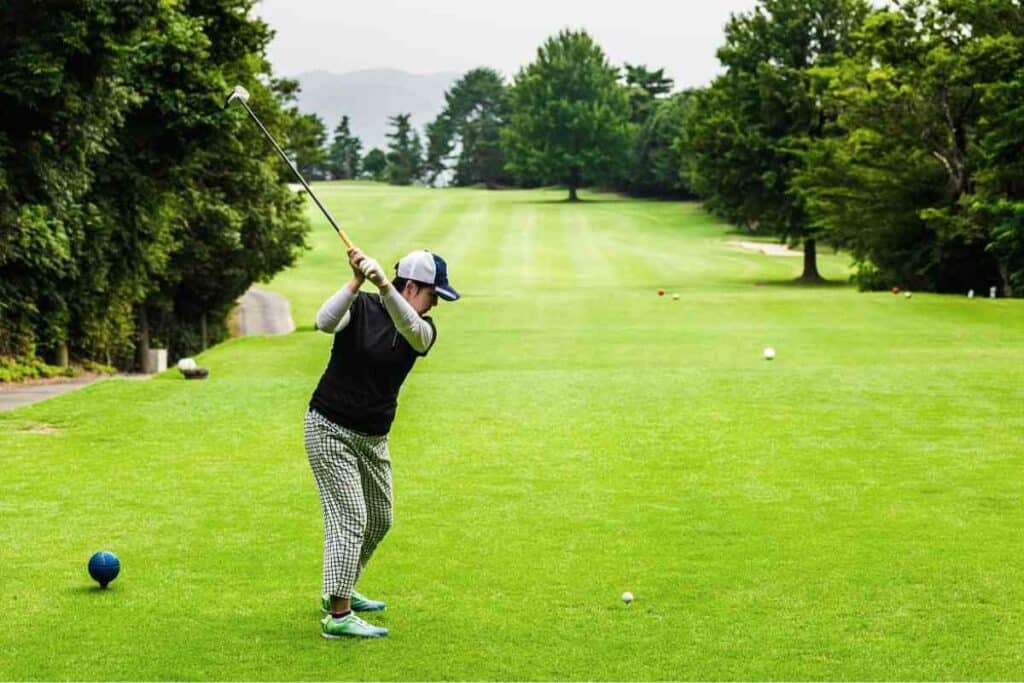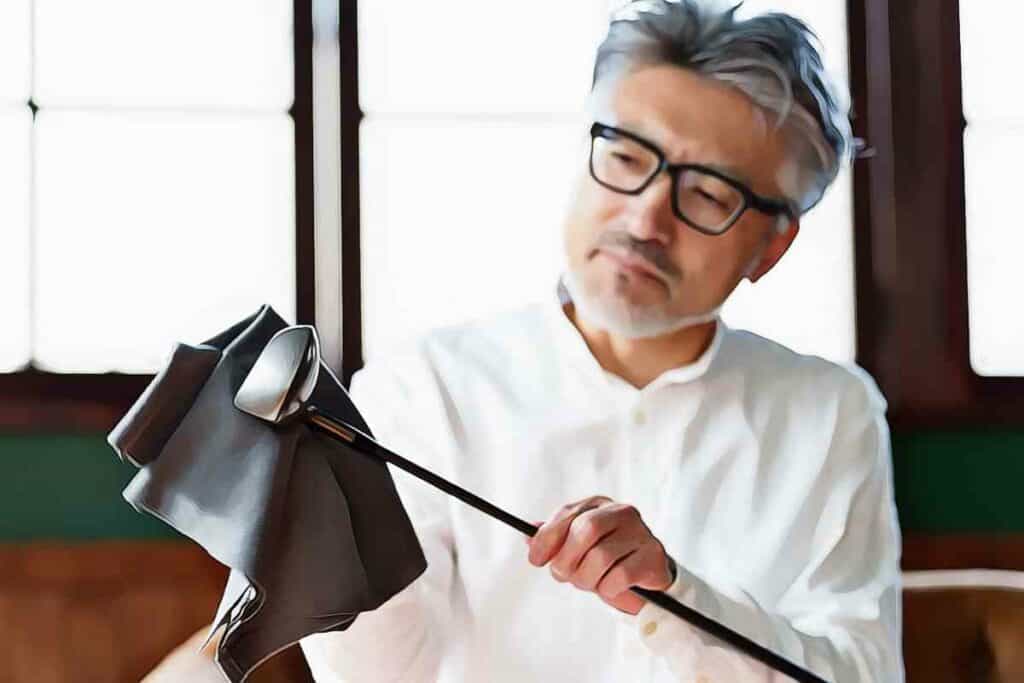Also referred to as the ‘hip toss’, ‘bouncing hip’ or ‘spring hip’ throw, Hane Goshi is a well-known and favored Judo manoeuvre used in dojos and competitions.
When completed effectively, this throwing technique (nage-waza 投 げ 技) will literally enable you to utilize Gravity and bounce an opponent (Uke 受 け) over your body, flat onto a mat.
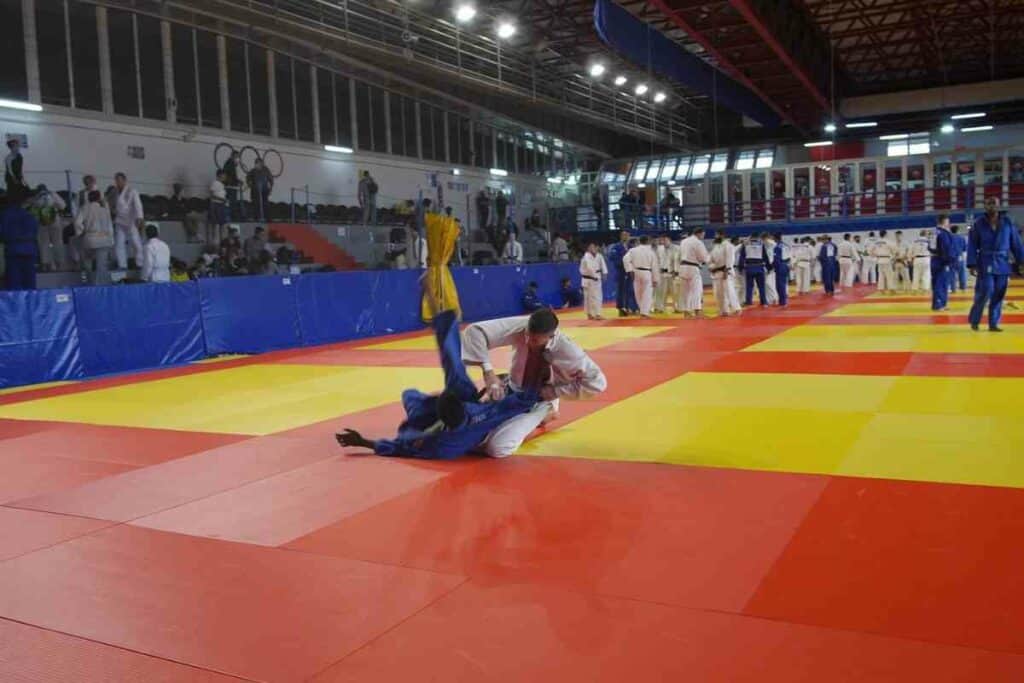
Judo is part of the Jujitsu family and was established as an official Olympic game in 1964.
Popularised, mainly, due to its awesome-lift throwing techniques, Judo is one of the most widely taught martial art forms in the world.
In This Article – We will outline the step-by-step methods to complete Hane Goshi both safely and successfully. Starting with safety measures and recommendations, we will look at, countering, positioning, gripping, and take you through each step of the attack.
Safety First – Don’t Try This at Home!
What sometimes goes without saying but should still often be said, is that to be completely safe you must seek training from a professionally trained Judo instructor (or sensei – 先 生) and practise your skills in a specifically kitted out dojo, with safety mats and padding.
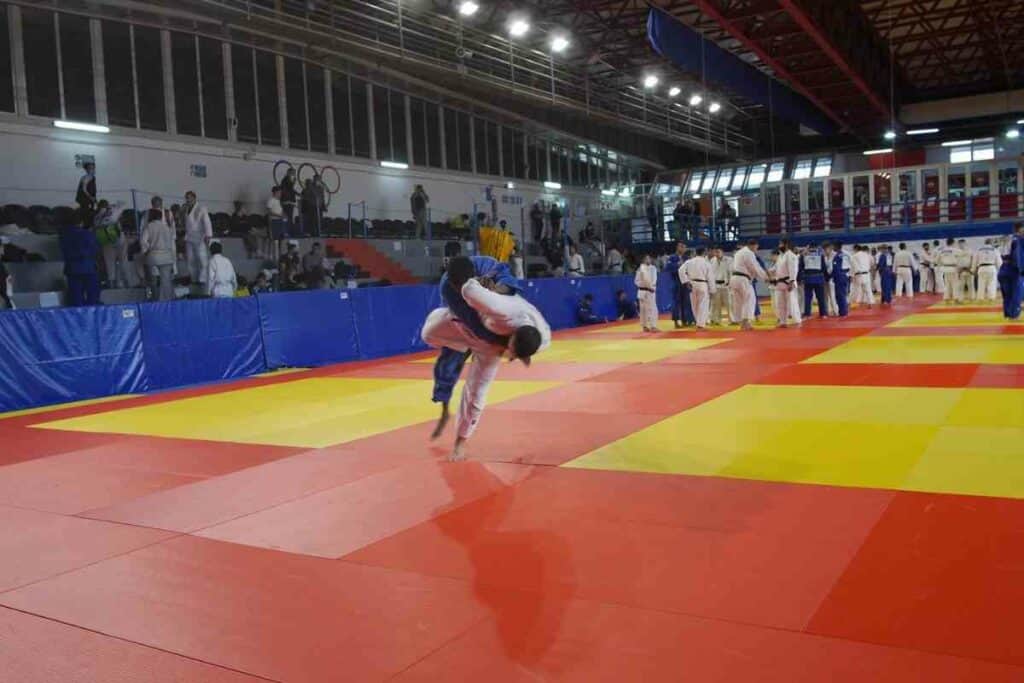
Trying it at home, will likely get you injured and in no way do we want that…
Judo takes its title because it translates as the ‘gentle’ or ‘yielding way’, so it comes as no surprise that this contact sport causes few injuries and is, generally, a safe activity.
Countering Hane Goshi
Something to both be aware of and watch out for is the Hane Goshi Gaeshi.
Like most other Judo actions, Hane Goshi has an equal and opposite counter action.
The Hane Goshi Gaeshi directly counters Hane Goshi, with one of Judo’s numerous foot-sweeping techniques and is categorised as a type of foot throw.
This stops an opponent’s mid-hane goshi and stops them in their tracks.
Body Positioning – Stances
Judo boasts just two fundamental stances:
- Ai-Yotsu: Often referred to as ‘same stance’ and ‘Right Versus Right or Left Versus Left’ – this stance positions the feet of both yourself and your opponent in parallel positions.
- Kenka-Yotsu: Best for Hane Goshi, this stance is oppositional to Ai-Yotsu and is also known as ‘opposite stance’ and ‘Right Versus Left or Left Versus Right’, placing yours and your opponent’s feet in opposite, mirrored positions.
This is also the most commonly used in free practice/sparring known as Randori (乱取り), as well as competitions.
Gripping in Judo – Kumi Kata
Hane Goshi is performed from the Kenka-Yotsu stance and utilizes both standard sleeve and collar grips. “Standard”, here, is a big word though.
Not only necessary but also traditionally symbolic and ceremonial – the first grip in a Judo match signifies the start of the match.
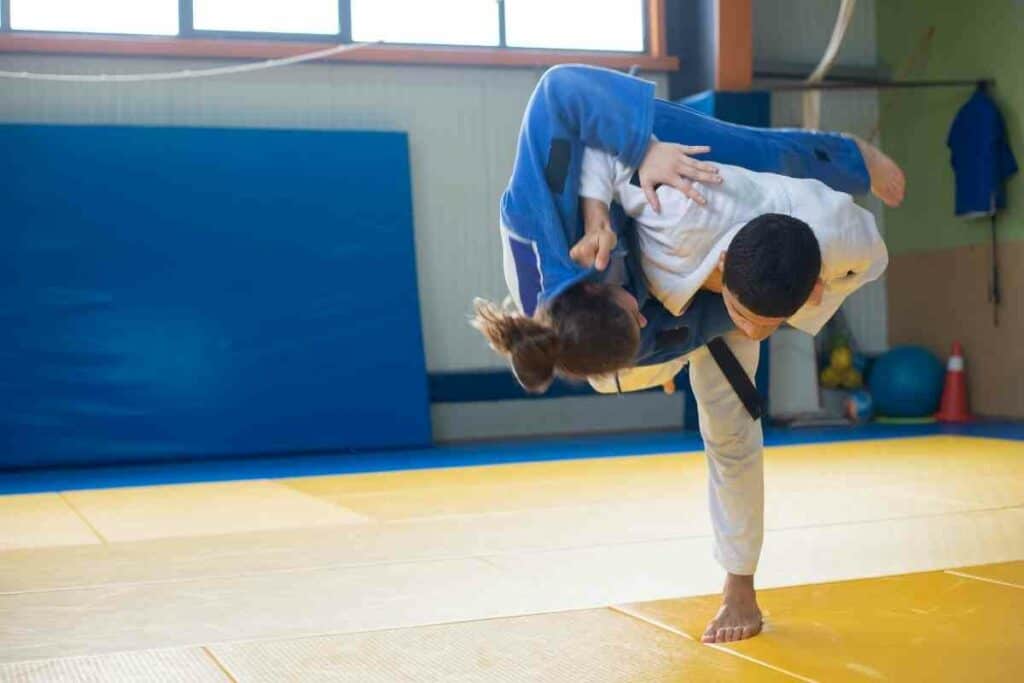
You may even need to consider some grip training before you begin to use your hikite (gripping hand) or tsurite (lifting hand).
This may seem like something you can just shrug off but, in fact, gripping in Judo can be strenuous for the muscles.
Without training your hands to do it, you can strain muscles and cause cramps. There is also a technique to gripping.
Sleeve & Collar Grip
Be sure to grip the material firmly and hold enough of it to prevent damaging it, but not so tight that you cut off the circulation to your opponent’s hand or even worse: strangle them.
In competitions, a foul grip can get you disqualified.
Keep In Mind – Gripping too much and holding so firmly that the material is tight around the arm, can cause friction burns when you pull. So, be sure to practise your technique before trying to throw an opponent around.
Many trained professionals recommend that the best grip for throwing is to grasp the sleeve at the underside of the elbow.
The material which naturally droops from an extended arm, sits tightly in the palm of your hand. Clenching your fist will pull the sleeve, holding the arm in place.
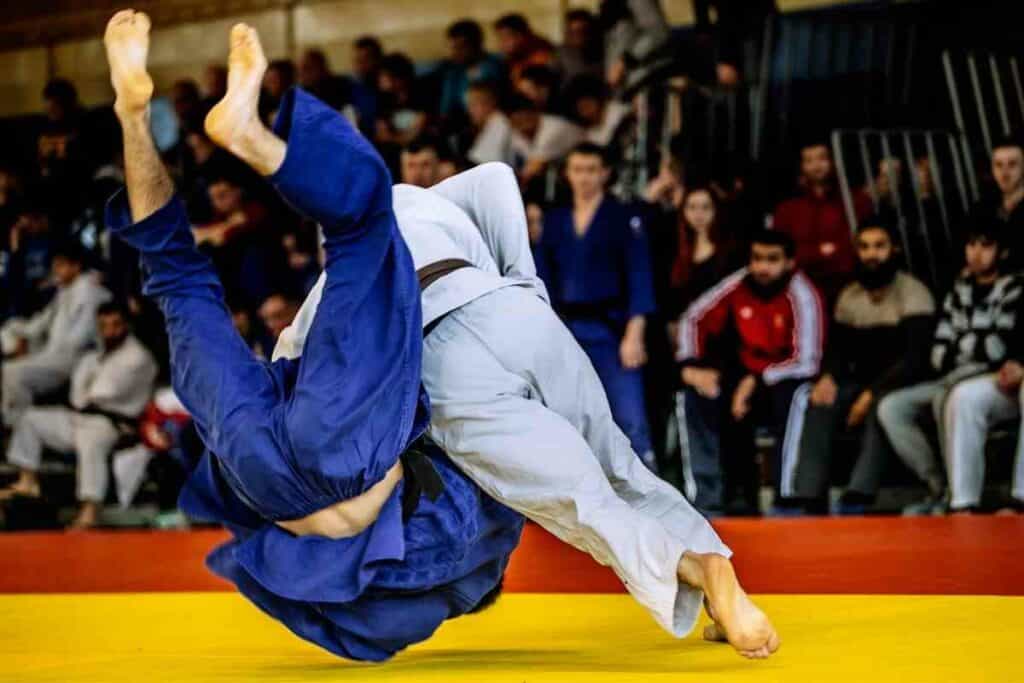
Gripping at the wrist will encourage twisting; it will almost definitely be uncomfortable and cut off circulation.
Gripping a collar is a little easier to consider. Simply grasp the lapel of the collar, at the side of the neck opposite to the gripped arm.
Place your thumb over the inside and fingertips touching the material on the outside and beneath the hemline – so that your hand closes with the whole collar inside your palm.
Once you have mastered both stance and grip, you are ready to move onto the beginning step.
Step 1 – Kuzushi
From Kenka-Yotsu stance – take a step towards the uke, placing your lead foot in a central position between theirs.
Assume the standard sleeve and collar grip. Then, you are going to perform a partial squat, bending both knees towards the uke, leaning in towards them.
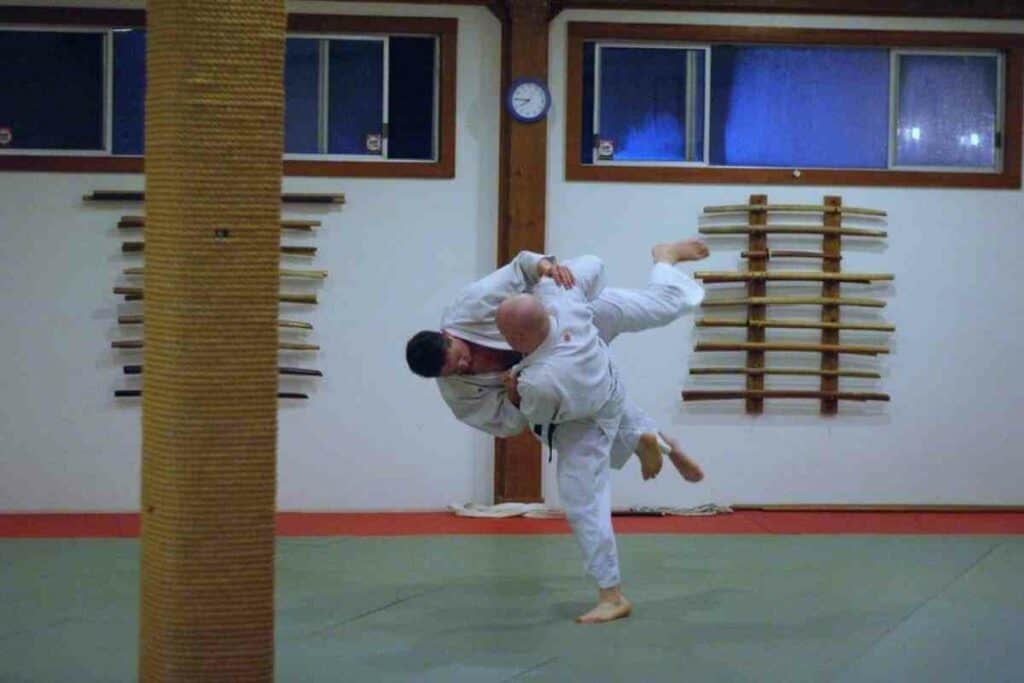
Keeping a tight grasp and using mostly the power of your legs, push with your feet and pull with both hands in one, swift movement; lifting upwards and pivoting your hips so that the gripped arm is above your head.
Kuzushi is a fundamental step in many Judo maneuvers, because this pulls the uke completely off balance by lifting them both off their steady heels and knocking their centre of gravity.
Step 2 – Stepping in…
Once off balance, your opponent will find it difficult to counter.
Now, with your lead foot, step in towards the uke’s same foot, pivoting in the opposite direction to before and around, 180 degrees so that you can almost crouch inside their frame.
Bringing both of your feet close together and parallel, you should be facing the same way as your opponent.
Step 3 – The Throw
Pulling the gripped sleeve in front of your face; the other elbow and shoulder against their chest – lift your lead foot, closest to the uke’s, pressing the outer side of your shin against the inside of theirs.
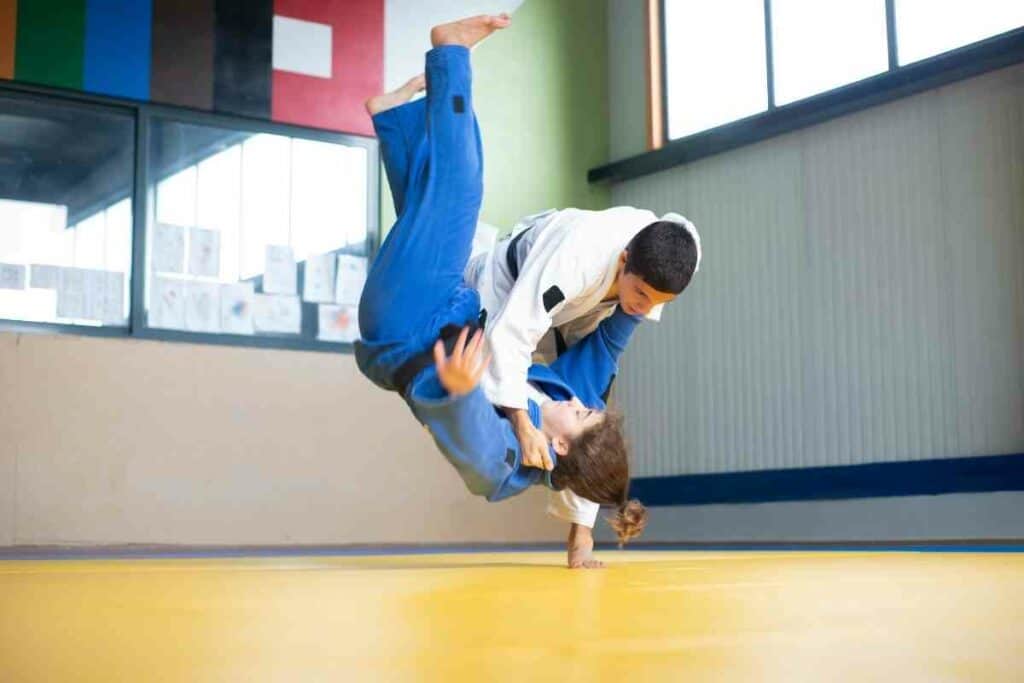
You are then going to pull with your arms and push towards them with the side of your hip, forcing their hip to bend and their body to lunge forward and over – almost on top of your back.
Lifting their leg with yours, use your hip to lever them, simultaneously pushing once more with your grounded foot and let gravity do its work.
Do not let go until your opponent is safely on the ground. You don’t want them rolling across the floor!
[lasso type=”table” id=”9″ link_id=”6380″]Final Thoughts
Learning how to do Hane Goshi, or any other martial arts move, can be a little daunting.
Although some are better than others, there are vast amounts of demonstrational videos all over the internet for this specific move.
Safety should always be your first priority, but the second most important thing is to have fun. Read the steps carefully and watch a video or two.
Practice, using slower movements for a while, before attempting the expected speed and get your technique right before anything else.
Remember, practice makes perfect so just be careful and be safe.

